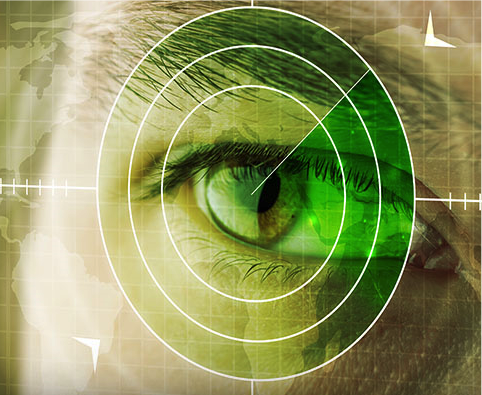 Today’s mobile forensic solution landscape is a battle of supported apps, and a race to give to the examiner a version that will decode a parse a particular app that is paramount to that case, on that day. However, statistically speaking having an almost psychic ability to determine today’s paramount app is about the same as guessing the winning lottery numbers for each lotto across the US everyday! Simply speaking, today’s popular app might not be tomorrow’s, and when it comes to examining data in a case it is always an unsupported third party app that is involved. More frequently than not, the examiners are examining apps that are not the most popular and most of the time it is the first time they have even heard of the app, let alone examine.
Today’s mobile forensic solution landscape is a battle of supported apps, and a race to give to the examiner a version that will decode a parse a particular app that is paramount to that case, on that day. However, statistically speaking having an almost psychic ability to determine today’s paramount app is about the same as guessing the winning lottery numbers for each lotto across the US everyday! Simply speaking, today’s popular app might not be tomorrow’s, and when it comes to examining data in a case it is always an unsupported third party app that is involved. More frequently than not, the examiners are examining apps that are not the most popular and most of the time it is the first time they have even heard of the app, let alone examine.
I want to point out some statistics that might be of interest. One, there are over 6.3 million apps available on Google Play, Apple Store, Amazon, Windows Phone and BB10 stores. Two, on average a mobile forensic solution can parse and decode ~400 unique apps. Three, the statistical probability of picking a supported app from the total available apps is ~.00006 or .006%. This means you are almost guaranteed to pick an app that is not supported than an app that is supported if randomly selecting an app from the various stores. This probability works into the mobile forensic examination more times than not, but the statistical probability is not as profound simply due to the fact software solutions support many of the “most popular” apps. However, from experience and conversation with examiners across the globe murphy’s law always comes into play in the biggest cases.
This is when our mentality as examiners will need to change. Simply put, don’t always rely on your tool to decode and parse the app! Most apps will contain settings files in the form of text, xml, json, plist, and others. These apps will predominantly store their data in a sqlite database or more times than not multiple sqlite databases. Furthermore, their temporary storage, aka cache, is also available and can be a treasure trove of evidence. The recovery of this data is where the problems arise because there is additional work involved outside the automation of the forensic tool. If an app is not decoded/parsed by automation it simply does not exist right? Of course not, the data is still there and can be retrieved and examined by the examiner, often uncovering massive amounts of critical data within the mentioned files and locations. It just means there is additional work involved.
Where would you hide your communication from prying eyes? Would it be in a popular app or an app that is not known to be a “chat app”? Say a game perhaps? Since most game apps allow for chatting with other players during play wouldn’t this be a perfect place to “meet up” with other members? Here they can devise plans, operations, and more without playing a single move within the game. When was the last mobile forensic solution to support a game and the communication methods used?
The likelihood that you will be faced with supporting an app in a mobile forensic examination is, as mentioned, a guarantee. Be prepared, and understand that these apps can easily be examined to uncover valuable data that was either not parsed/decoded or not listed as a supported app. In PART 2 of this blog, “Not Your Ordinary App”, I will show how you can support these unsupported apps to parse and decode a goldmine of data.
